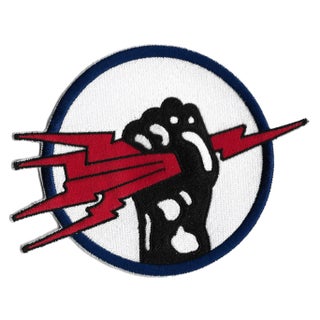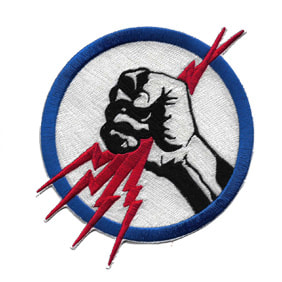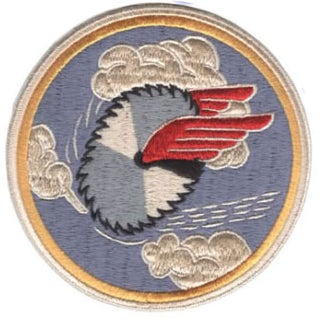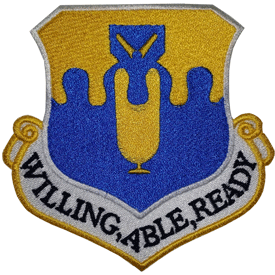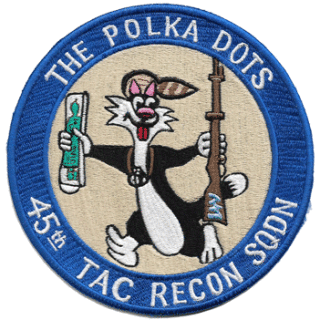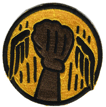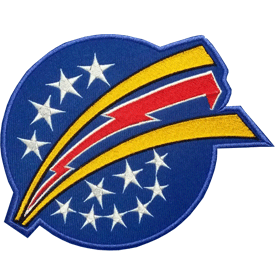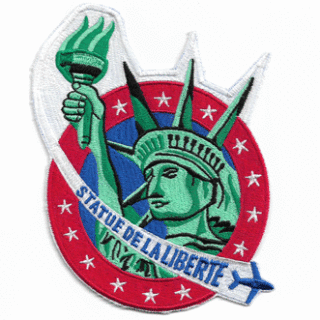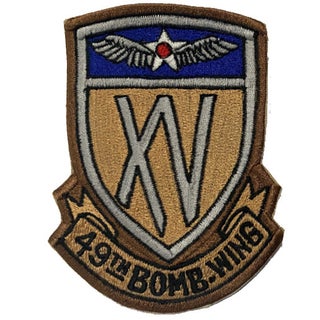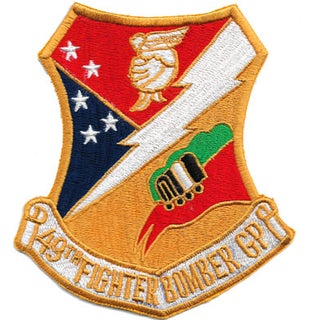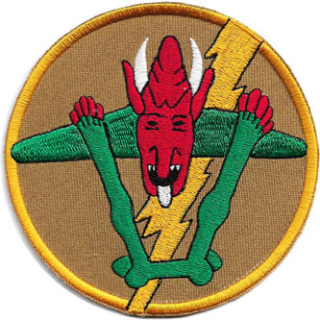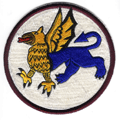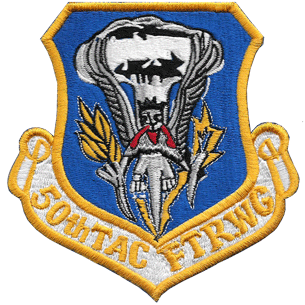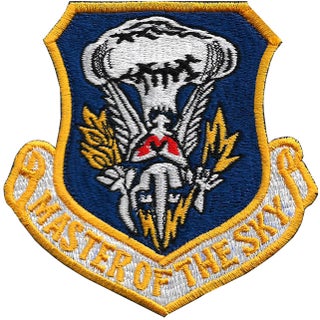- Home
- 1st-5th
- 6th-10th
- 11th-20th
- 21st-30th
- 31st-40th
- 41st-50th
- 51st-60th
- 61st-70th
- 71st-80th
- 81st-90th
- 91st-100th
- 101st-299th
- 300th-309th
- 310th-319th
- 320th-329th
- 330th-339th
- 340th-349th
- 350th-359th
- 360th-369th
- 370th-379th
- 380th-389th
- 390th-399th
- 400th-449th
- 450th-499th
- 500th-549th
- 550th-599th
- 600-699th
- 700th-4242nd
- 4243rd-7272nd
-
Ancient Times
- Mesopotamia 6000 BC - 1100 BC
- Indus Valley Civilization 3300 BC - 1300 BC
- Old Kingdom Egypt, 3000 BC - 2000 BC
- Middle Kingdom Egypt, 2000 BC - 1300 BC
- Vedic Period India - 1750 - 500 BC
- New Kingdom Egypt 1300 BC - 700 BC
- Shang Dynasty China 1800 BC - 1200 BC
- Zhou Dynasty China, 1200 BCE–500 BCE
- Ancient Greece, 1000 BCE–323 BCE
- Ancient Rome 753 BC - 476 AD
- Dark Age/Late Antiquity Europe, 4th century - 900
- A-C Patches
- D-M Patches
- N-T Patches
- USS Patches
- VA, VAH,, VAW, VB, VBF, VC Patches
- VF, VFA, VFP Patches
- VMA, VMB, VMCJ, VMD, VMF, VMFA, VMFP, VMP, VP, VPB, VS, VT, VU, VX Patches
- W, X, Y, Z Patches
- Movie/TV Patches
- UFO Patches
- Special Conspiracy/Secret/Belief/Cover-Up Patches
- Space Missions
- Specialty Operations/Bombings
- Unknown
- Consignment
- Special Order Patch/ID's
- Shipping Euro or Express
- Military Stories
- Under Construction
- Contact us
41st Air Group USMC 4.25" Patch
The 41st Air Group USMC, also known as Marine Aircraft Group 41 (MAG-41), has a rich history dating back to its establishment during World War II. MAG-41 was activated on February 1, 1944, at Marine Corps Air Station Ewa, Hawaii. The group initially consisted of fighter and bomber squadrons and played a crucial role in the Pacific theater during the war. Basic shipping included to most countries, allow 4+ weeks before arrival. Additional costs may incur for EURO, South America and African countries.
41st Bomb Squadron 484th Bomber Group 5" x 6.5" Patch
Activated as the 41st Bombardment Squadron in January 1941 at Langley Field, Virginia,[1] one of the original squadrons of the 13th Bombardment Group.After the Attack on Pearl Harbor the squadron performed antisubmarine patrols off the Atlantic coast. The 41st was redesignated as the 5th Antisubmarine Squadron in late 1942. Thanks to wikipedia for the above information Basic shipping included to most countries, allow 4+ weeks before arrival. Additional costs may incur for EURO, South America and African countries.
41st Bomb Squadron 6" x 4.75" Patch
Basic shipping included to most countries, allow 4+ weeks before arrival. Additional costs may incur for EURO, South America and African countries.
41st Fighter Squadron 5" Patch
The 41st Flying Training Squadron is part of the 14th Flying Training Wing based at Columbus Air Force Base, Mississippi. It operates Beechcraft T-6 Texan II aircraft conducting flight training. The squadron's mission is to train future Air Force military aviators in Specialized Undergraduate Pilot Training Phase 2 in the T-6A.Thanks to wikipedia for the above information. Basic shipping included to most countries, allow 4+ weeks before arrival. Additional costs may incur for EURO, South America and African countries.
42nd Fighter Squadron 4.75" Patch
The squadron was first activated at Hamilton Field, California in 1941 as the 42d Pursuit Squadron. It deployed to Alaska where it participated in combat during the Aleutian Campaign. It returned to the United States, where it became a training unit and was disbanded in a general reorganization of the Army Air Forces in 1944. Thanks to Wikipedia for the above information. Basic shipping included to most countries, allow 4+ weeks before arrival. Additional costs may incur for EURO, South America and African countries.
42nd Tactical Recon Squadron 4.5" Patch
Established under VIII Bomber Command, Continental Air Forces as a very long-range strategic reconnaissance squadron. Was designated to operate from Alaska, however squadron suffered from lack of personnel due to demobilization after the end of World War II, never became fully operational and was inactivated in August 1946. Thanks to Wikipedia for the above information. Basic shipping included to most countries, allow 4+ weeks before arrival. Additional costs may incur for EURO, South America and African countries.
43rd Bomb Wing Patch Willing, Able, Ready 4" Patch
Thanks to http://www.flightlineinsignia.com for the information.
Basic shipping included to most countries. Additional costs may incur for EURO, South America and African countries
43rd Strategic Wing Patch
The 43rd Strategic Wing was initially activated on November 1, 1948, at Davis-Monthan Air Force Base in Arizona. The wing was responsible for strategic bombardment and aerial refueling operations, playing a crucial role during the Cold War era. As part of its mission, the 43rd Strategic Wing operated B-29 Superfortress and later B-50 Superfortress aircraft, which were integral to the United States’ strategic deterrence capabilities. Basic shipping included to most countries. Additional costs may incur for EURO, South America and African countries
43rd Troop Carrier 4.25" Patch
The 43rd Troop Carrier Squadron, also known as the “Flying Tigers,” was a unit of the United States Army Air Forces during World War II. The squadron was activated on July 15, 1942, at Hamilton Field, California, and was trained to operate the C-47 Skytrain, a transport aircraft that played a crucial role in the Allied victory in the war.
The 43rd Troop Carrier Squadron was formed from a group of volunteers who had previously served in the Civilian Conservation Corps, and the unit quickly gained a reputation for its skill and bravery. The squadron’s early missions included transporting troops and supplies to remote airfields in the Pacific Theater, as well as participating in the invasions of Guadalcanal and Bougainville. Basic shipping included to most countries. Additional costs may incur for EURO, South America and African countries
44th Bomb Group 8TH AF 5" Patch
Thanks to http://www.8thairforce.com for the information. Basic shipping included to most countries. Additional costs may incur for EURO, South America and African countries
44th Tactical Fighter Squadron Patch - Vampires 3.75" Patch
The 44th Fighter Squadron is part of the 18th Wing at Kadena Air Base in Okinawa, Japan. The 44th Pursuit Squadron was activated on 1 January 1941 and assigned to the 18th Pursuit Group. Thanks to wikipedia for the above information.Basic shipping included to most countries. Additional costs may incur for EURO, South America and African countries
44th Tactical Fighter Squadron TFS Vampire 4" Patch
The 44th TFS was activated on 15 September 1941 at Hamilton Field, California, as a pursuit squadron equipped with the P-39 Airacobra. The squadron saw its first combat in North Africa in 1943, flying escort missions for bombers and strafing enemy positions. During this time, the squadron earned its nickname “The Vampire” due to the distinctive painted “fangs” on the nose of their P-39s.
Basic shipping included to most countries. Additional costs may incur for EURO, South America and African countries
45th Fighter Squadron 4.5" Felt Patch
The 45th Fighter Squadron was activated in 1940 as the 45th Pursuit Squadron. It was initially stationed at Wheeler Field, Hawaii, and later saw action during the Japanese attack on Pearl Harbor on December 7, 1941. The squadron flew P-40 Warhawks during this period. Basic shipping included to most countries. Additional costs may incur for EURO, South America and African countries
45th Tactical Recon Squadron 5.25" Patch TRS patch The Polka Dots
During World War II, the 45th Tactical Reconnaissance Squadron operated in various theaters of operation, including North Africa and Europe. The unit conducted aerial reconnaissance missions, capturing vital information through photography and visual observation to support military planning and operations. Their contributions were instrumental in providing commanders with essential intelligence for strategic decision-making. Basic shipping included to most countries. Additional costs may incur for EURO, South America and African countries.
46th Bomb Squadron 5" Patch
In August 1942, the 46th Bomb Squadron began deploying to the European Theater of Operations (ETO), where it joined the 17th Bombardment Group (Heavy) at RAF Bovingdon, England. The squadron’s first combat mission was flown on 17 August 1942, when it participated in a bombing raid on the German naval base at Wilhelmshaven, Germany. Basic shipping included to most countries. Additional costs may incur for EURO, South America and African countries
47th Fighter Squadron 5" Patch
48th Bomb Squadron 4.5" Patch
48th Fighter Interceptor Squadron 6" Patch
The 48th Fighter Interceptor Squadron has a rich and storied history that dates back to World War II. It was activated in January 1941 as the 48th Pursuit Squadron and was assigned to the 14th Pursuit Group. The squadron initially flew P-40 Warhawks and later transitioned to P-38 Lightnings. During World War II, the 48th participated in combat operations in the European Theater, providing air defense and ground attack capabilities. Price Includes Economy Shipping to most countries, Additional charges may incur for EURO, South America and African countries.
48th Fighter Bomber Wing 5.9" Patch
During World War II, the 48th Fighter Group played a vital role in the Pacific Theater, flying P-38 Lightning fighters and providing air support for ground troops during major battles such as the Battle of the Philippine Sea and the Philippines Campaign. The group also participated in the first aerial bombing of Japan, which took place on November 24, 1944. Additional costs may incur for EURO, South America and African countries.
49th Bomb Wing 4.5" Patch
Basic shipping included to most countries. Additional costs will incur for EURO, South America and African countries. Use this link for other locations such as EURO, South America and African countries, its only $5 more http://www.patches-military.com/shipping-euro-or-express.html . For euro destinations, you’ll be able to track at this link if you pay the additional $5. https://ecommerceportal.dhl.com/track/
49th Fighter Bomber Group 5.5" Patch
During World War II, the 49th Fighter Group served in various theaters of operation, including North Africa, Sicily, Italy, and Corsica. The group participated in numerous combat missions, providing air support for ground forces and engaging enemy aircraft. Its pilots achieved significant success in aerial combat and earned numerous decorations for their valor and skill.
Basic shipping included to most countries. Additional costs may incur for EURO, South America and African countries.
49th Fighter Bomber Group 6" Patch
n 1942, the group was redesignated as the 49th Bombardment Group (Light) and deployed to Australia to support the war effort in the Pacific theater. Operating from bases in New Guinea and later the Philippines, the group conducted numerous bombing missions against Japanese forces. In 1944, the group transitioned to fighter aircraft and was redesignated as the 49th Fighter Group. Price includes basic shipping to most countries. Other locations may incur additional charges to EURO, Africa, and South America.
49th Fighter Interceptor Squadron 5.25" Patch
The 49th Fighter Interceptor Squadron has a rich history dating back to its establishment during World War II. The squadron was activated on 15 January 1941 at Selfridge Field, Michigan, as the 49th Pursuit Squadron. It was initially equipped with P-40 Warhawks and later transitioned to P-39 Airacobras. During World War II, the squadron served in the Pacific Theater, participating in combat operations in New Guinea and the Philippines. Basic shipping included to most countries. Additional costs may incur for EURO, South America and African countries Discount applied for the Sporadic needlework on this patch,. Write to us first if you need an upgrade.
49TH FIGHTER SQUADRON 4.25" Patch
The 49th Fighter Squadron, also known as the "Fighting Cocks," has a rich and storied history dating back to World War II. The squadron was activated on 15 January 1941 at Hamilton Field, California, and was initially equipped with the P-39 Airacobra. Basic shipping included to most countries. Additional costs may incur for EURO, South America and African countries.
50th Bomb Squadron 46th Bomber Group 5.25" Patch
During World War II, the 50th BS participated in several significant campaigns, including the bombing of Japan, the Philippines, and the Mariana Islands. On June 15, 1944, the squadron conducted a daring low-level bombing raid on Tokyo, known as the “B-29 Tokyo Raid,” which was one of the most successful bombing missions of the war. The squadron also played a key role in the final stages of the war, conducting bombing runs over Japan in the months leading up to the Japanese surrender in August 1945. Basic shipping included to most countries. Additional costs may incur for EURO, South America and African countries
50th Tactical Fighter Wing 4" Patch
During the Korean War, the 50th Tactical Fighter Wing was deployed to provide air support and combat operations. It operated various aircraft, including the F-84 Thunderjet and F-86 Sabre, demonstrating its versatility and adaptability in different combat environments. Basic shipping included to most countries. Additional costs may incur for EURO, South America and African countries.
50th Fighter Wing 4" Patch
The 50th Fighter Wing has been involved in various operations and deployments around the world, including supporting NATO operations in Europe and participating in combat missions in the Middle East. It has also played a crucial role in providing air defense for the United States and its allies. Price Includes Economy Shipping to most locations, additional fees for EURO, Africa, and South America.

